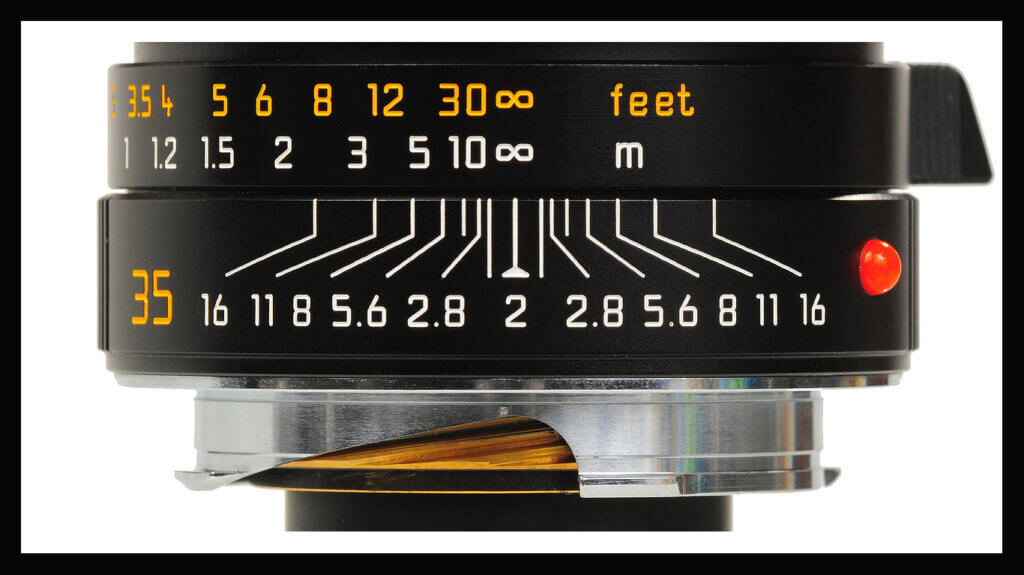In street photography it is essential to be able to focus quickly and accurately. To capture the so-called decisive moment can be the difference between a good photograph and total failure. Autofocus times of modern cameras can therefore be critical. You need the fastest autofocus possible.
There are two parameters that come into play here:
- The number of focus points that the camera uses to evaluate the image. The more focus points the camera uses, the more accurate it will be able to set the focus
- The focusing algorithm that is used in the camera to determine focus. The more efficient the algorithm, the faster the focus can be set.
Cameras by companies like Nikon, Canon, Fuji and Sony have very fast autofocus systems. However there can be situations where autofocus is not reliable. For instance a very busy scene where the camera may pick any focal point, but not the one you want. Or, autofocus may simply not be fast enough. After all, focusing always requires you to half press the shutter release button before focus is achieved. After that, you can actually take the shot.
Zone focusing is a technique that allows photographers to quickly and accurately focus on their subjects without relying on autofocus. It’s a popular method among street photographers, photojournalists, and other photographers who need to capture candid moments in fast-paced environments. In this article, we will discuss what zone focusing is, how to use it, and the benefits and drawbacks of this technique.
What is Zone Focusing?
Zone focusing is a technique used to pre-focus your camera to a specific distance, typically between three and ten feet away from the camera. This is done by adjusting the lens’s focus ring to a specific distance, usually marked on the lens barrel. By pre-focusing the camera to a specific distance, you can capture photos quickly without worrying about the camera’s autofocus system. You can use zone focusing with any camera that has manual focus capabilities, including both film and digital cameras.

In the example above when using f/8 aperture, everything between 5m and infinity will be in focus. Your zone is therefore from 5m and upwards. Everything in that zone will be in focus, as f/8 has a reasonable large depth of field.
Zone Focusing for Fastest Autofocus
To use zone focusing, you need to start by selecting a specific aperture setting, typically between f/8 and f/16. These apertures provide a greater depth of field, ensuring that more of your scene will be in focus. Once you have chosen your aperture setting, you can then adjust the focus ring on your lens to pre-focus the camera to the desired distance.
It’s important to note that the exact distance you choose to pre-focus your camera will depend on several factors, including the focal length of your lens, the size of your camera’s sensor, and the aperture you have chosen. Generally, a good starting point is to pre-focus your camera to about five feet away from your subject.
Once you have pre-focused your camera, you can then compose your shot, wait for your subject to enter the pre-focused zone, and capture your photo. This technique works well for capturing candid shots of people in motion or for photographing events and activities where you need to react quickly to capture the moment.
Benefits of Zone Focusing for Autofocus
One of the primary benefits of zone focusing is that it allows you to capture photos quickly without worrying about autofocus. This technique is particularly useful for photographers who need to capture candid shots quickly and accurately. Street photographers, for example, often use zone focusing to capture shots of people walking by without drawing attention to themselves.
Another benefit of zone focusing is that it allows you to shoot in low light conditions without relying on autofocus. This is because pre-focusing your camera allows you to use slower shutter speeds and still capture sharp photos. This is particularly useful for night photography or other low light situations.
Drawbacks of Zone Focusing
One of the main drawbacks of zone focusing is that it can be challenging to get the distance and aperture settings right. If you pre-focus your camera to the wrong distance or choose the wrong aperture setting, your photos may be out of focus or have too shallow depth of field. It takes practice to get the settings right, and even experienced photographers may need to experiment to find the right combination.
Another drawback of zone focusing is that it’s not always suitable for all types of photography. If you need to capture images of moving objects or require precise focus on a specific subject, zone focusing may not be the best option. In these cases, you may need to rely on autofocus or manual focus to ensure that your photos are sharp and in focus.
Summarizing
Zone focusing is a useful technique for photographers who need to capture candid shots quickly and accurately. It’s a versatile technique that works well in low light conditions and allows you to shoot without relying on autofocus. While there are some drawbacks to zone focusing, the benefits make it a valuable technique for many photographers. With practice, you can master this technique and use it to capture stunning photos in a variety of situations.
Leave a Reply